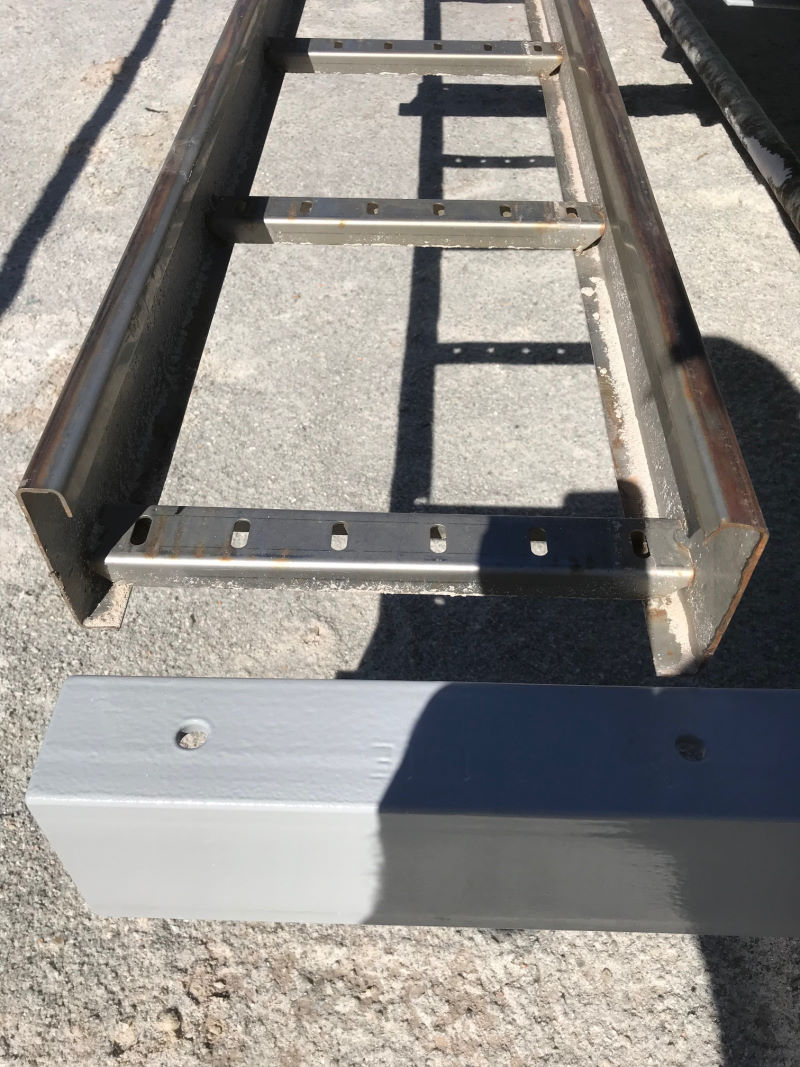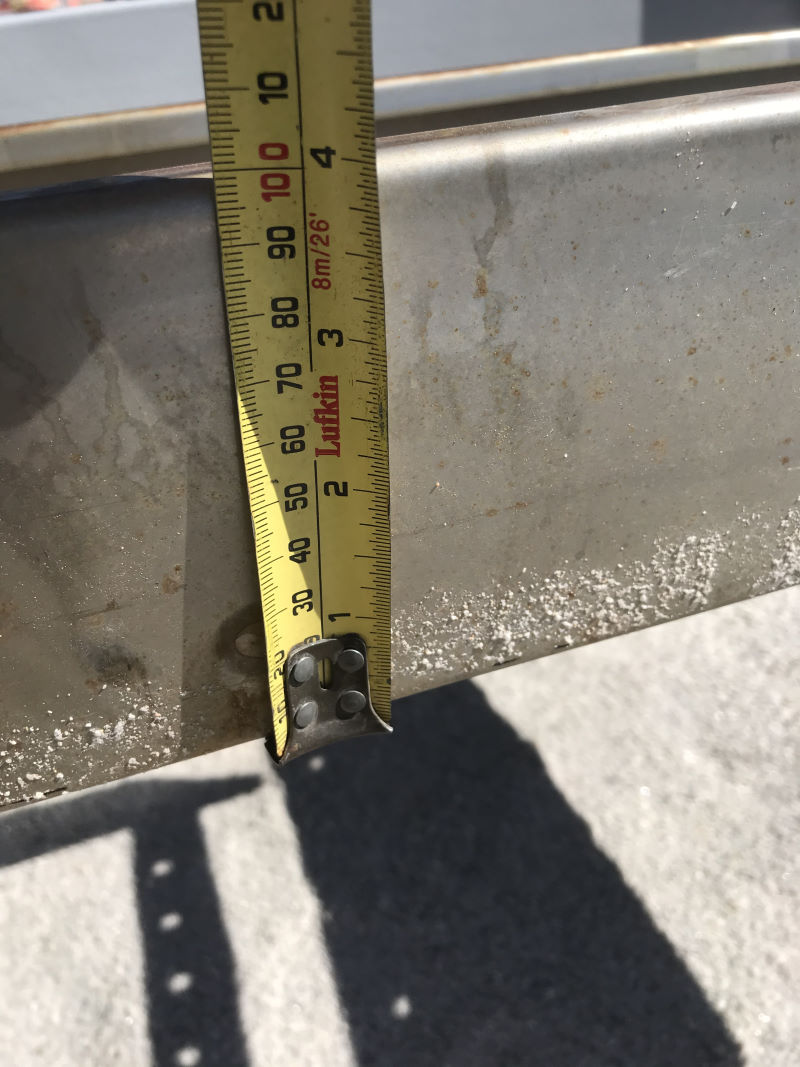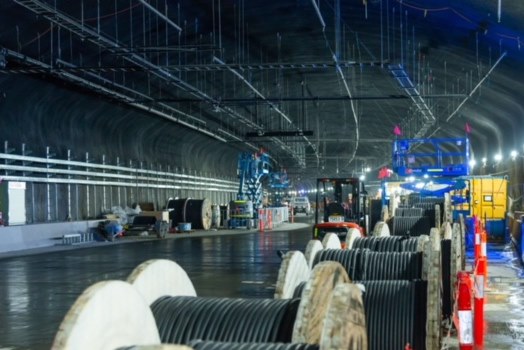At Burndy we passivate all our stainless steel products. It may cost a little more but a cheaper price means nothing if your products are destined to fail!
Our competitors will offer passivation as an optional extra.
We were recently asked to quote on replacing a substantial amount of Stainless Steel Ladder (see photos below)
The original product was not passivated and although relatively new was already showing signs of corrosion
Passivation ensures the crucial corrosion-resistance of stainless steel parts, and it’s the difference between parts that perform as needed, and parts that fail. And if not done correctly, corrosion is inevitable.
Why passivation is necessary? When stainless steel components have been made, they still have layers of grease, oil, and other substances on their surface. The surface of the components also have a naturally-occurring oxide film due to oxygen exposure. Then when it is in operation, it is subject to abrasion and corrosion, and can be weakened or damaged. Therefore, there is a twofold need: first, to remove the post-fabrication oxide layer, and second, to prevent corrosion during use.
Chemical passivation is a two-step process that addresses both of those needs. The first step of the process removes iron and/or iron compounds on the surface with a nitric acid solution—a strong mineral acid. The acid dissolves the iron and iron compounds without affecting the component’s surface. Next, an oxidizer converts chromium metal on the surface, creating a layer of chromium-oxide protection. The two-step procedure results in the removal of all impurities from the parts, while providing resistance to oxidation, corrosion, and chemical attack.
The results are stainless steel parts that are free of impurities and protected for future use. After all a cheaper product means nothing if your parts are destined to fail.








Leave A Comment
You must be logged in to post a comment.